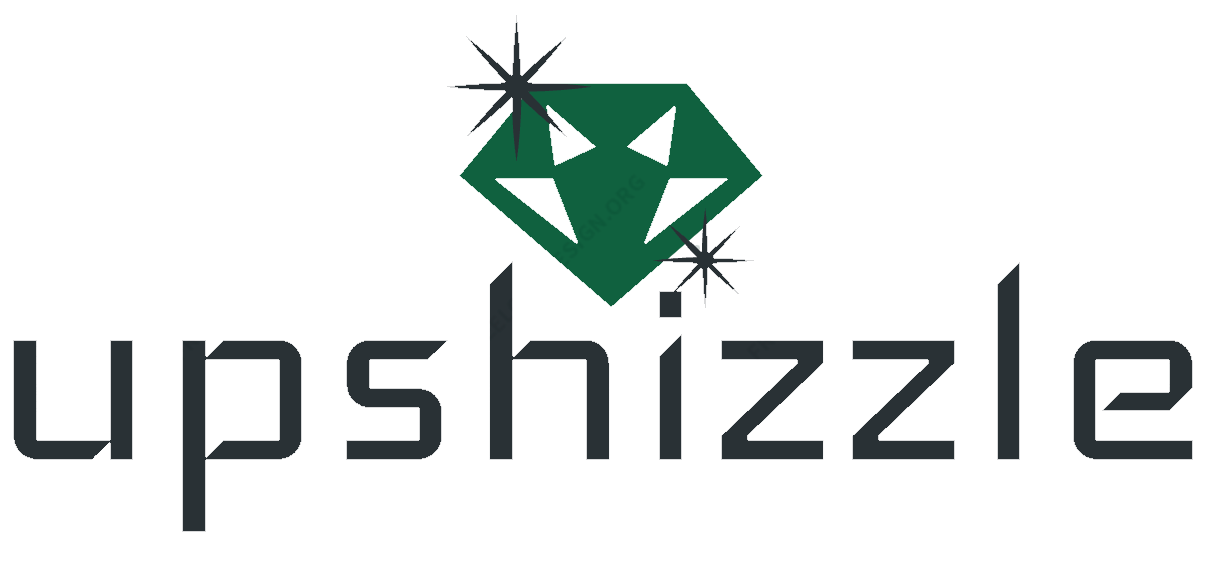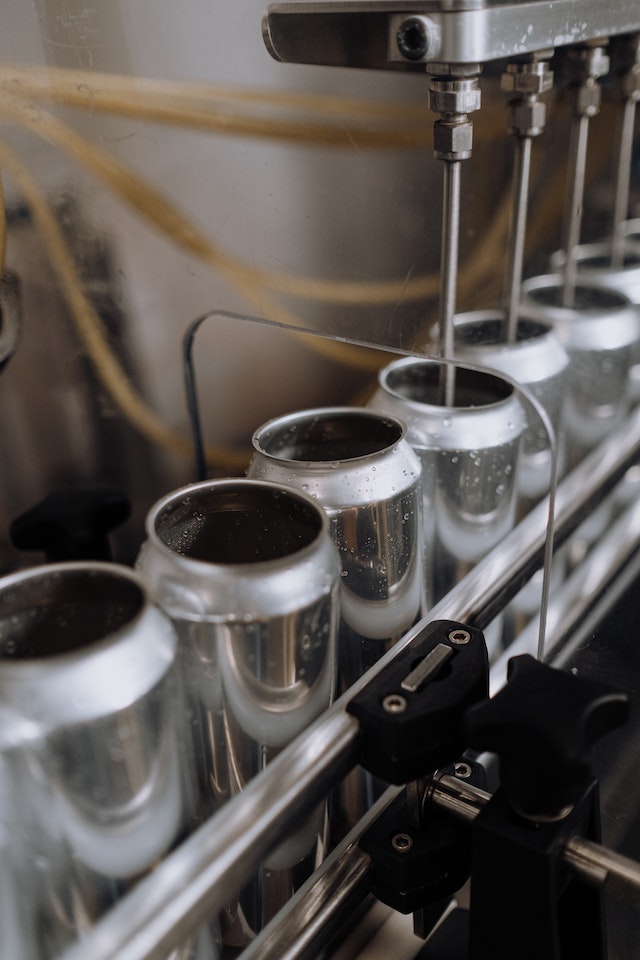Industrial automation increases production rates and product design efficiency. It is usually fixed equipment designed to mass-produce a specific product class, including technologies like distilled processes and paint shops.
Automated processes are highly repeatable and reduce errors caused by staff handovers or holidays. They also allow plants to run 24 hours a day without incurring additional costs related to healthcare, holiday pay, and pensions.
How a Filter Regulator Lubricator Works
Industrial automation allows businesses to control machines and processes in the workplace with minimal human intervention. From switching on telephone networks to steering ships and aircraft, automation can take on a wide range of tasks that generally require manual work. It provides several benefits to businesses, including round-the-clock production, improved quality with repeatable and consistent results, reduced energy costs, and improved safety.
A reputable filter regulator lubricator Charlotte NC unit is used when compressed air needs to be filtered, regulated, and lubricated. This ensures that equipment works optimally and reduces downtime due to contamination.
Air passes through a filter where coarse dirt and condensate are removed, then through a pressure regulator with a diaphragm preloaded with an adjustable pressure setting spring. This regulator can be configured with either a relieving or non-relieving type; if the system experiences high pressure, a reliever will allow the excess downstream pressure to escape creating a hissing sound. The final step in the process is a lubricator that introduces a controlled amount of oil into the air stream to lubricate pneumatic devices such as cylinders and air-driven equipment. Some offer two types of lubricators; Oil-Fog and Micro-Fog.
Filtration
Filtration is the process of separating solid particles from a liquid or gaseous mixture. The liquid is trapped through a filter medium such as paper, cloth, cotton wool, asbestos, slag- or glass wool, unglazed earthenware, sand, or other porous material.
In FRLs, the airline filter removes water, oil, and other impurities from the compressed air. It is then fed through a pressure regulator that controls the air pressure used by tools, cylinders, and other pneumatic equipment.
There are several styles of regulators available, ranging from the simple direct-acting poppet design to the more complex balanced diaphragm model. The chosen type depends on the required primary (unregulated) pressure versus desired secondary (output) pressure and whether it will be necessary to self-relieve. The choice of body size is also essential since larger models produce better setting sensitivity and less droop than smaller ones under the same operating conditions. The lubricator then supplies the airline with a controlled amount of lubricating oil.
Pressure Regulator
There are several types of pressure regulators for gases and liquids. They can either be an integral device with a pressure setting, restrictor, and sensor all in one body or consist of separate parts such as a sensor, controller, and flow valve.
The pressure regulator uses a diaphragm or piston actuator in combination with a spring to create a seal against a valve seat. The valve is open when the actuator’s load is balanced with the spring force. When the load increases, the spring force pulls the valve shut until the outlet pressure reaches the set point.
In many industrial applications, pressure must be maintained at a constant value. The pressure regulator helps achieve this by automatically adjusting the size of its opening based on the inlet pressure. This prevents the outlet pressure from rising rapidly with significant changes to the inlet pressure. However, the pressure regulator cannot eliminate sag caused by substantial fluctuations in inlet pressure.
Lubrication
Filter, Regulator, and Lubricator (FRL) assemblies are pre-packaged or modular systems that treat compressed air before it is delivered to downstream equipment. The air filter removes water, dirt, and oil from compressed air while the regulator controls pressure in the compressor. The lubricator then delivers a dose of regulated tool oil into the system, improving performance and reducing wear on components.
FRLs are available in many combinations of standard body sizes and connection port sizes with threaded nipples or push-to-connect fittings. Each component has a specific allowable pressure drop versus flow rate that must be considered when selecting an FRL combination for an application.
The required lubrication type is also essential in choosing an FRL combination. Some offer oil fog and micro-fog lubricators to minimize friction in the system. The standard oil fog lubricator passes all oil droplets into the air stream. In contrast, the micro-fog lubricator atomizes the oil and only releases a controlled amount of lubricant into the system.





